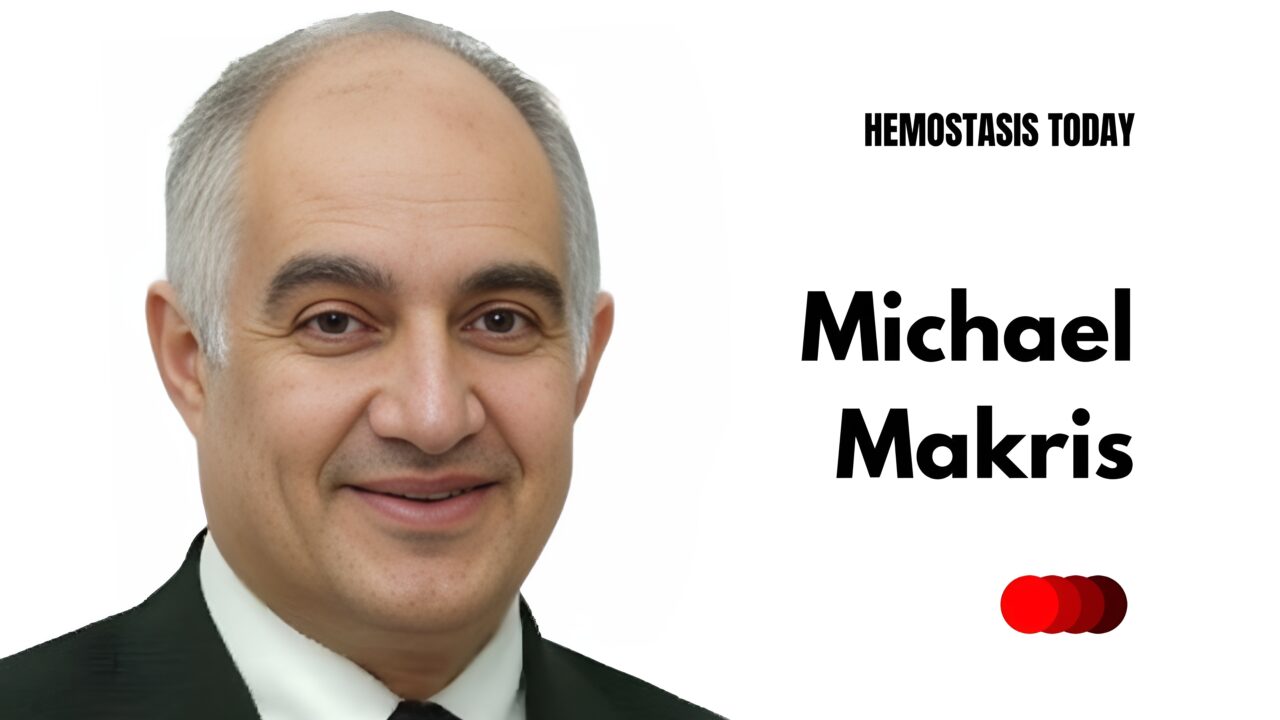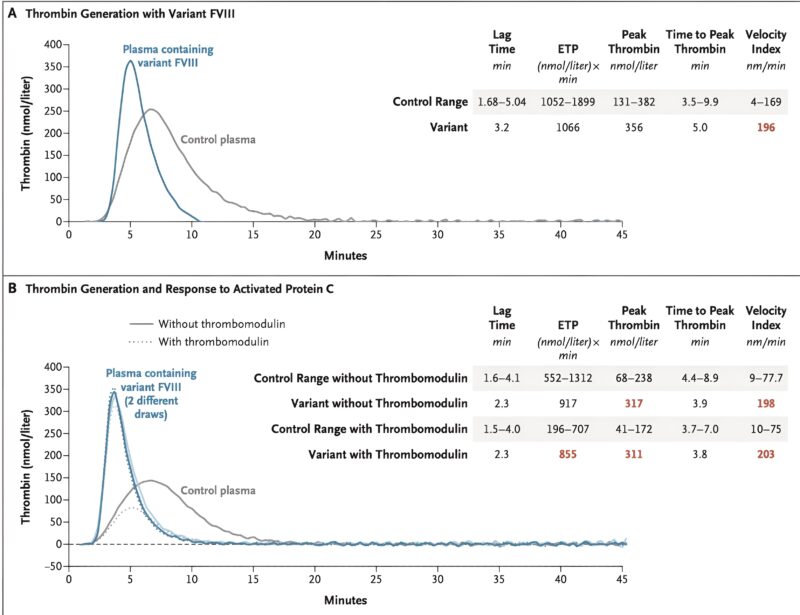
Michael Makris Questions FVIII Aurora’s Potential to Transform Hemophilia A Gene Therapy
Michael Makris, Professor of Haemostasis and Thrombosis at University of Sheffield, Editor-in-Chief of Research and Practice in Thrombosis and Haemostasis, shared an insightful post on LinkedIn:
“A potentially important finding was reported in a letter to the editor in today’s New England Journal of Medicine.
The authors reported a gain of function mutation in FVIII, called FVIII Aurora.
This can be thought of as analogous to FIX Padua which has transformed hemophilia B gene therapy.
Will FVIII Aurora transform hemophilia A gene therapy?
Having read the letter and the supplement, I have a number of questions/comments:
1. The thrombotic history is fairly extreme. No information about treatment with anticoagulants is given. Was this patient never treated for the multiple severe thrombotic episodes?
2. Only 2 FVIII levels are given in the supplement, and they were 370 and 615%. The patient’s clinical circumstances when these blood samples were drawn are not given. FVIII is an acute phase reactant, so knowing the status of the patient when they were drawn is critical.
3. In the letter it is stated the FVIII levels were between 300-900%. Whenever I see factor levels ending in such round numbers, I become suspicious. Did this patient really have a level that was precisely 900%? Why were the authors not asked to provide all the FVIII levels from this patient?
4. Although the patient and grandparents are deceased, we are not told if there are any other relatives with this mutation alive.
5. It is surprising that the NEJM has published this without the expression data from the recombinant variant.
Potentially this is very important, but until we see the recombinant protein expression data, we will not know how important.”
Read the full article in The New England Journal of Medicine.

Stay updated on all science in the field of bleeding disorders with Hemostasis Today.
-
Nov 27, 2025, 16:00Nathan Connell on WFH AI Summaries from the Global Forum
-
Nov 27, 2025, 15:49Piotr Czempik: Rethinking Coagulation in Acute Liver Dysfunction
-
Nov 27, 2025, 15:35Overwhelmed? A Leader’s Guide from Mark Crowther to Getting Back on Track
-
Nov 27, 2025, 15:10Wolfgang Miesbach’s Top 10 Picks for TTP and Thrombosis from ASH 2025
-
Nov 27, 2025, 14:24ICCBBA’s Executive Director Eoin McGrath Chairs a Dynamic Session on AI, Innovation and Informatics in Transfusion Medicine
-
Nov 27, 2025, 13:26Wolfgang Miesbach’s Top 10 Picks for Bleeding Disorders from ASH 2025
-
Nov 27, 2025, 11:19Priya Prasad Presents a Case of Severe Hypotensive Transfusion Reaction
-
Nov 27, 2025, 04:07Eugene Tang Presents Highlights from UK Stroke Forum 2025
-
Nov 27, 2025, 03:47Michael Makris: I Believe the Time Has Come to Consider Emicizumab Up Front in Persons with Acquired Hemophilia
